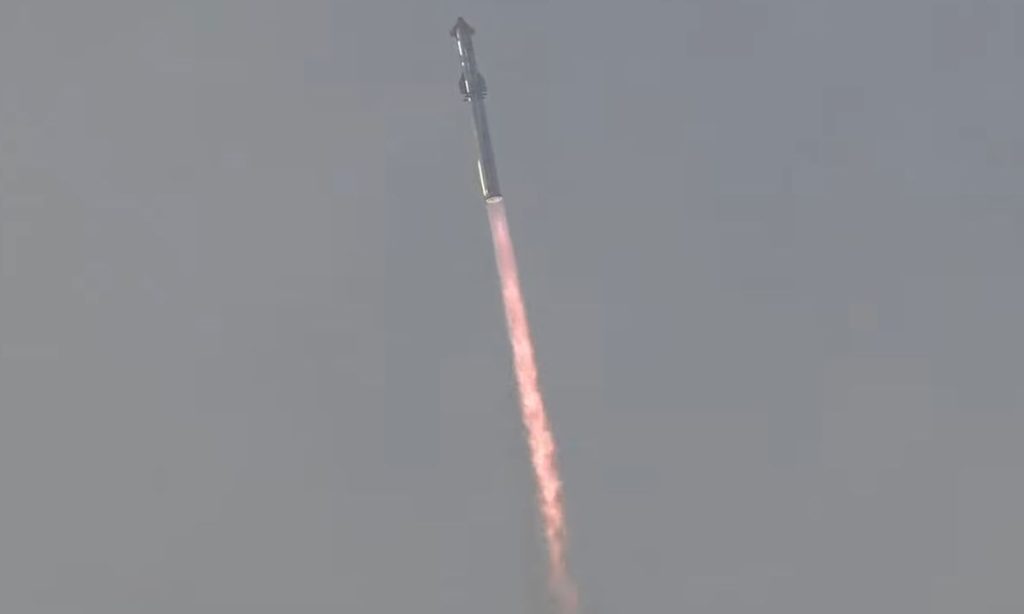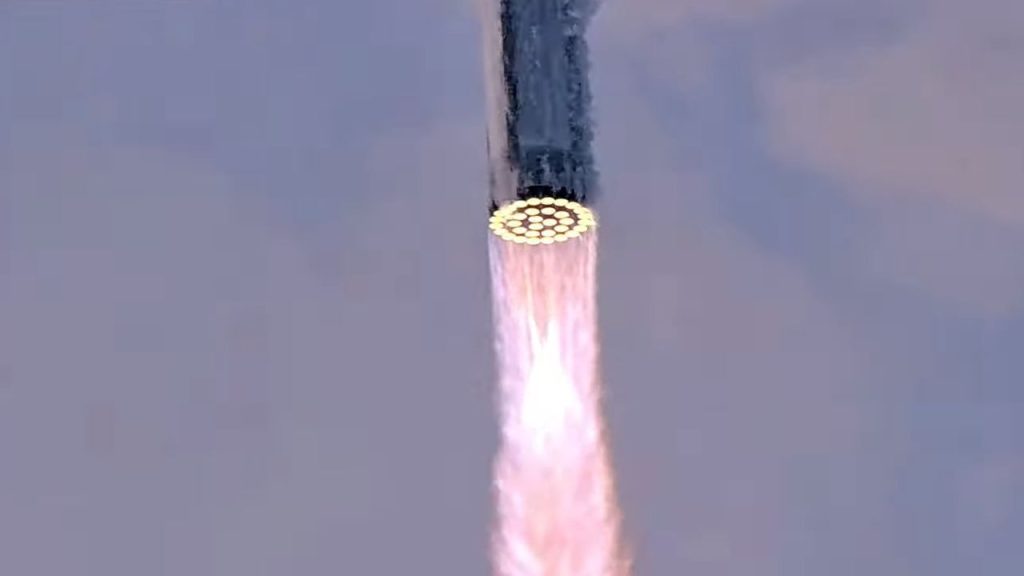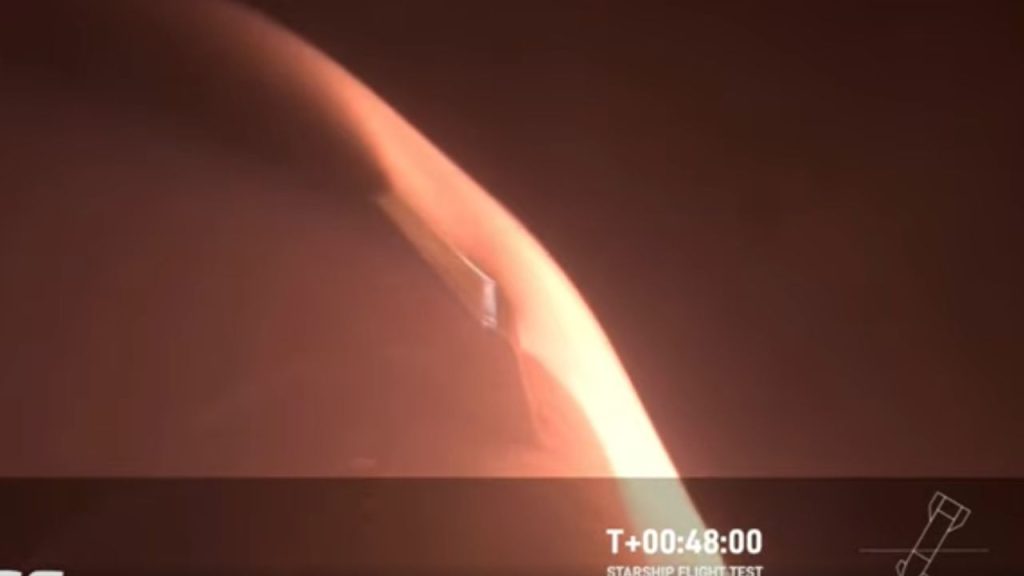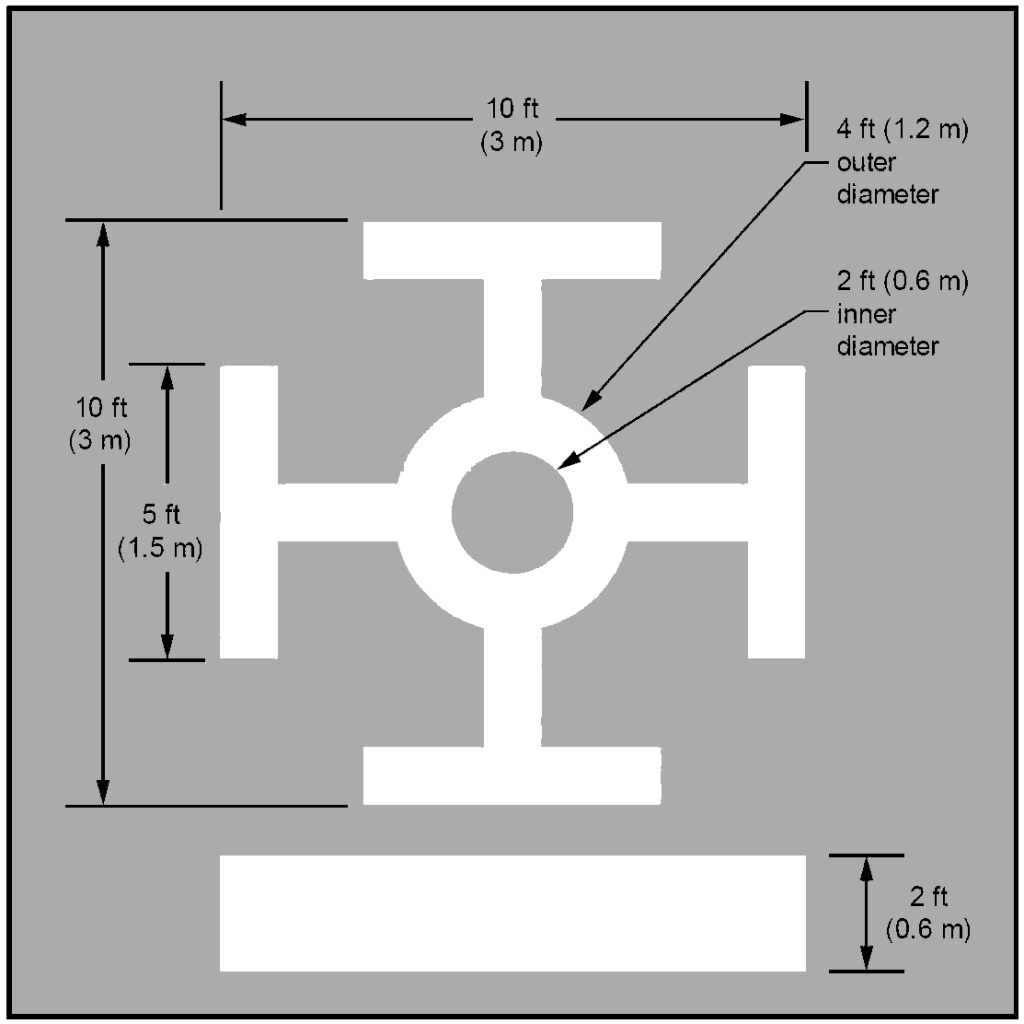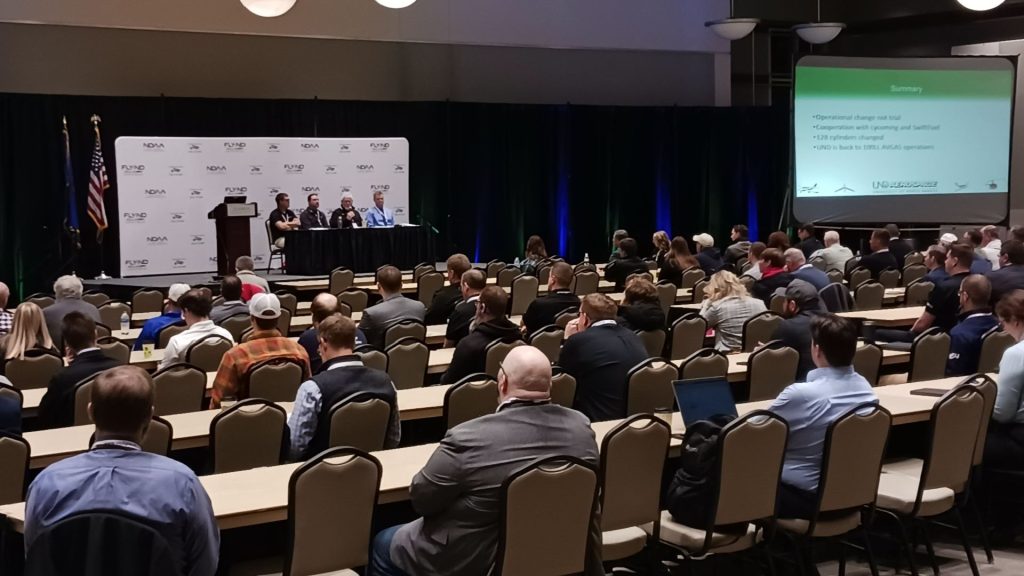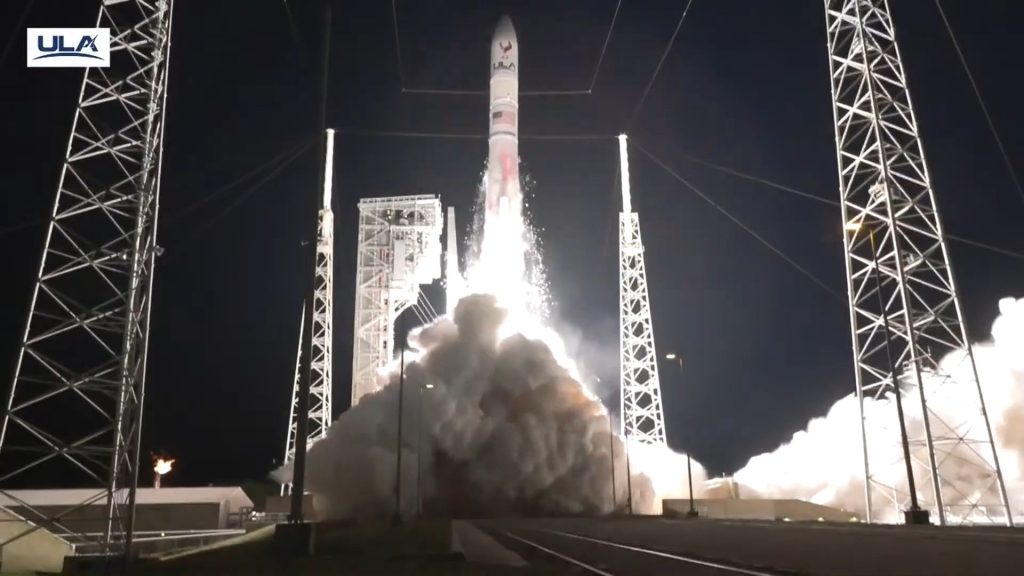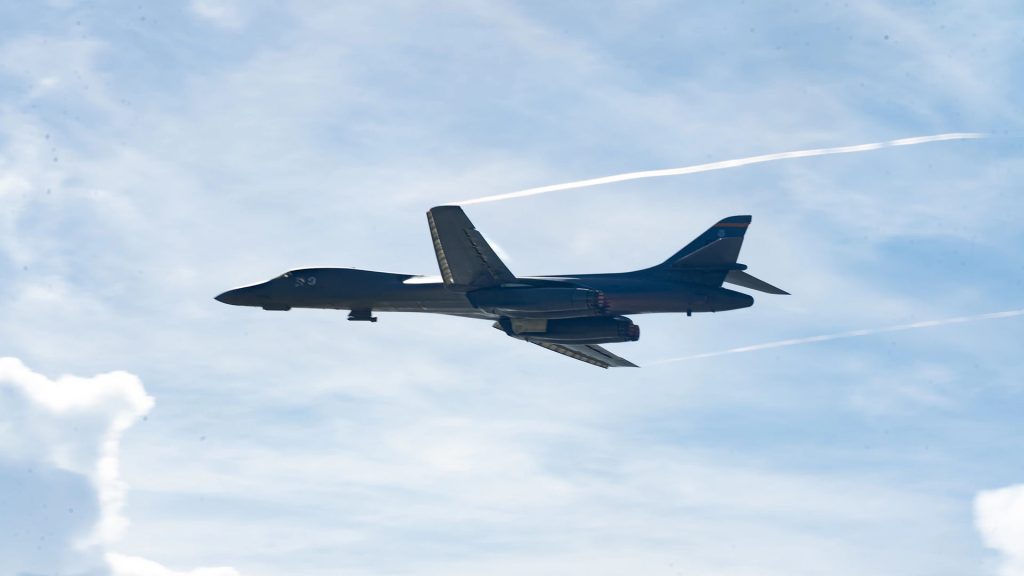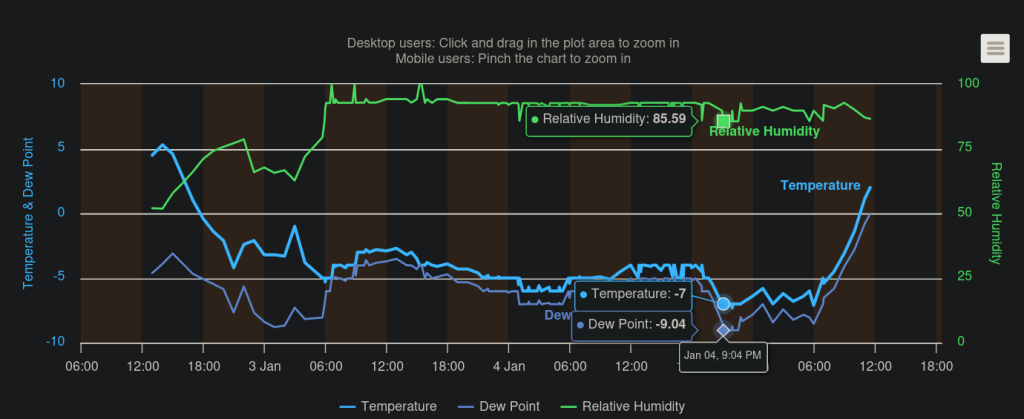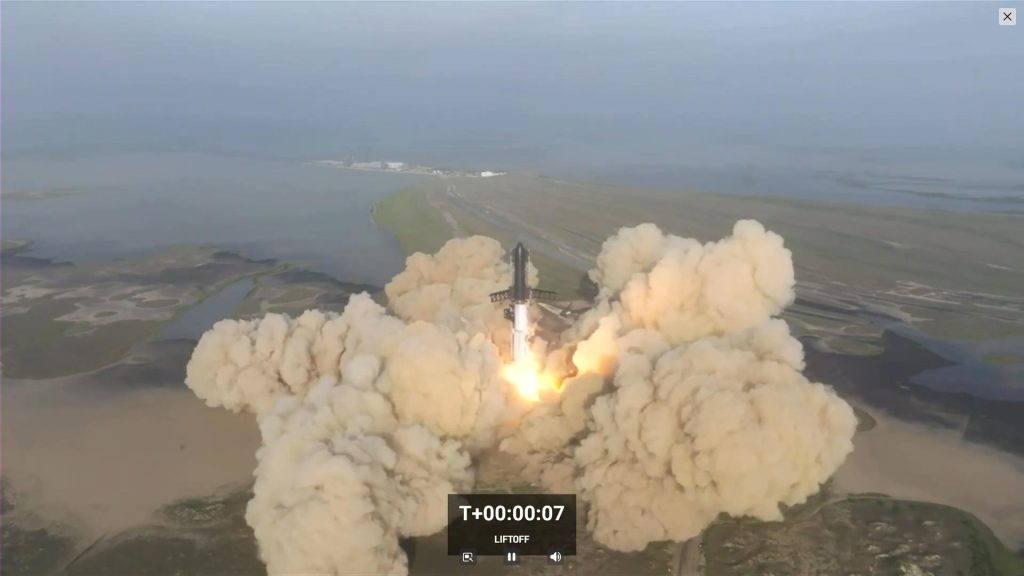Call it an early Bastille Day: Ariane 6 took to the skies on 9 July 2024, returning France and Europe to space after a one-year pause.

Ariane 6’s largely boilerplate payload reached a fairly high 580×594 km orbit inclined at about 64 degrees. As a first launch, it did not have much high-value material aboard, mostly small European research projects. Among them, the most significant were two reentry payloads testing next-generation heatshields. It also carried literal hopes and dreams: a cubesat built by Belgian highschoolers, plus fingerpaintings from Spanish schoolkids.

The mission was going well for about 90 minutes, and deployed most of its cubesats, but as it entered into a cruise phase, the second stage hit a snag: its auxiliary propulsion unit (APU) seized up. This is the key system for stationkeeping and ullage between on-orbit restarts, so the rocket didn’t rise to its final planned altitude. The release of the reentry capsules was cancelled, but the rocket was still responding to commands. With batteries dying and the APU unresponsive, the last commands were to park the stage 593 km up as it sailed past its planned deorbit area in the South Pacific.

It’s unfortunate that there was a small surprise today, as the Ariane 6 program has already endured a great deal of criticism, mainly around its distinct lack of ambition. Its stakeholders were chiefly focused on continuity and cost-cutting from the Ariane 5 program, but within the bounds of maintaining its pan-European supply chain.
The new rocket is hardly a technical marvel; while some inspiration can be seen in a few of its 3D printed parts, and its restartable upper stage has finally joined the 21st century, the Ariane 6 is a surprise to no one. And it is, perhaps, ill-timed. While it may be too early to declare that Ariane 6 is the last expendable commercial rocket, its market value is distinctly lower following the June 2024 Starship-Superheavy orbital test. The difference in scale is enormous: Superheavy can by itself launch an entire fully fuelled Ariane 6 halfway to orbit, and it’s designed to be 100% reusable.

In the face of this, Ariane’s endurance seems to lay within simply being the same thing Europe has needed since 1973: stable, predictable access to space, built with that distinctly continental blend of robust multi-government investment, shared risk, and commercial accessibility.
So now, with the task of proving its new design behind it, and its problems confined to those that could only affect third and fourth passengers, Arianespace still has the greenlight to loft its first paying customer in a few months, and we should be able to look forward to the first launch of the slightly larger Ariane 64 version some time next year.



